Performance Analysis
This will be the last time we use these ageing benchmarks - hooray! Expect an all-new suite and an upgraded test system in the next review!
We mentioned that the overclock Asus applies here is pointless, and the numbers bear this out. Despite a boost clock which is nominally higher than the stock-speed Palit GTX 1660 Ti StormX, the latter card is actually the faster one, as power and thermals play a bigger role than boost clock. Where Asus’ card boosts to around 1,800MHz in games, the Palit one hits about 1,845MHz. We also have a Zotac GTX 1660 Ti card in the charts, which hits around 1,770MHz.
Then again, the differences between these three cards will only be experienced in benchmark results; both the Palit and Zotac cards perform within two percent on this Asus one. This means that the Asus GTX 1660 Ti Phoenix OC is still an excellent card for 1080p gameplay and offers solid frame rates at 1440p, though certain games will need to drop to High settings to remain playable at this resolution. It can also safely be used with current-gen VR hardware.
Compared to the previous-generation GTX 1060 6GB, this card is more than 30 percent faster overall. It also offers up 15 percent additional performance over the card below it, the GTX 1660, while the RTX 2060 is comfortably ahead by about 22 percent.
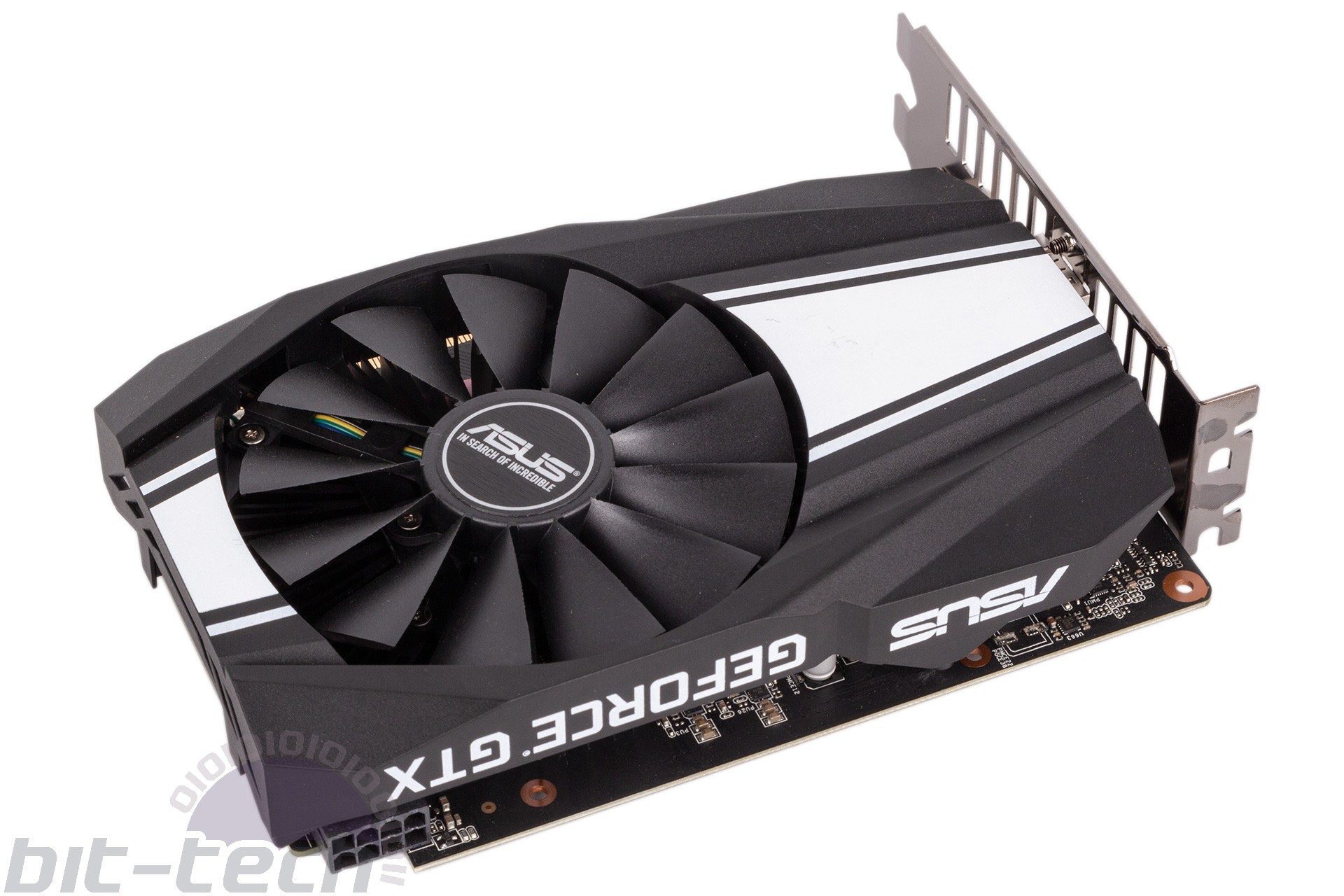
Pricing on AMD hardware, meanwhile, has fallen even lower since our last GTX 1660 Ti review. The RX 580 starts at about £170 while the RX 590 comes in for around £200. The Asus GTX 1660 Ti Phoenix OC is faster than both parts by 26 percent and 15 percent on average respectively, but as usual these figures disguise a lot of variance in individual games. For example, where World of Tanks favours Nvidia massively, Total War: Warhammer sees the RX 590’s average frame rate match this card, which also suffers from stuttering here.
The RX Vega 56 has this card beat (14 percent on average) and this is important given that the two are very similarly priced. Again, though, there’s plenty of variance within the results, and we should also point out that the 8GB frame buffer doesn’t seem to impact the results, as comparisons at 1440p do not obviously favour the Vega 56 more than they do at 1080p.
With total system power consumption coming to 258W (same as GTX 1060 6GB) with the card under heavy load, it’s clear Nvidia is still winning big on efficiency; both Vega 56 and RX 590 saw results over 340W.
Unfortunately, the cooler really is rather poor. A delta T of 60°C is not a good result for a GTX 1660 Ti, with Palit and Zotac managing 46°C and 50°C respectively with similarly sized cards. The card also reports that its boost speed is being thermally limited (and power-limited), which is not a good sign. Asus’ card is also on the loud side compared to the others.
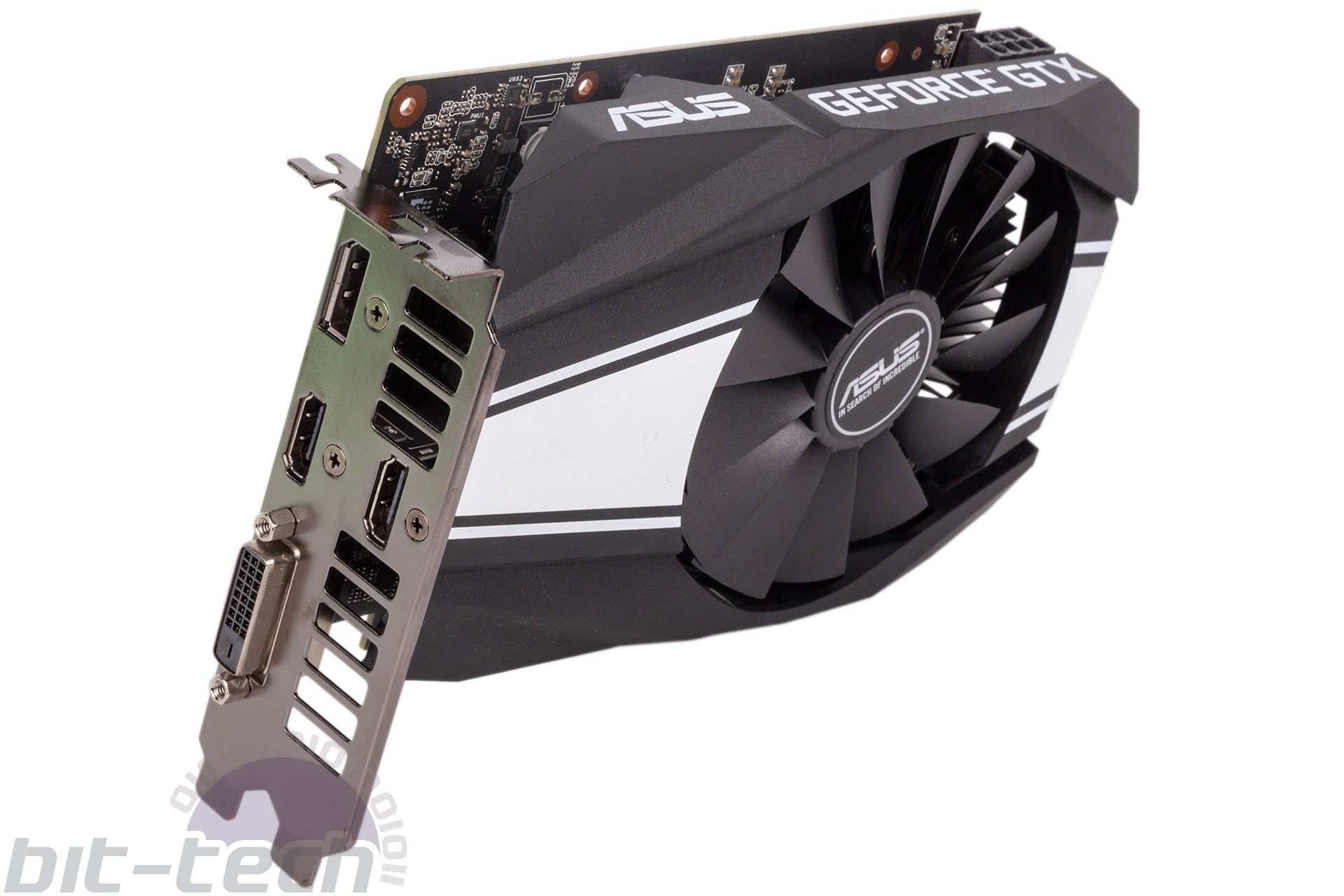
As well as the default Gaming Mode, we ran some tests using the software-driven OC Mode and Silent Mode. In OC Mode, the card boosts to 1,830MHz (still lower than the Palit stock card) and is still reported as thermally limited. This’ll get you 1-2 percent more performance going by 3DMark Time Spy, but the fan gets noticeably more noisy in its attempts to cope, and the temperature goes up by 3°C too. Silent Mode introduces a 90 percent power limit and drops clocks to around 1,740MHz, reducing performance by a little over two percent and also cutting the fan speed a bit (not enough to be silent) while reducing the temperature by 4°C.
Our manual overclocking efforts got us about as far as they did with Palit and Zotac, netting us 7-8 percent more performance. Naturally, the fan noise and temperature were both rather high in this state.
Conclusion
The Asus GTX 1660 Ti Phoenix OC shows that Asus is perhaps more comfortable delivering solutions at the high end than at entry level. While we commend it for using its high-quality PCB and components on so basic a card, this appears to have come at the cost of the cooler, which is weak to say the least. Even atop an efficient GPU like this one, it’s relatively noisy and unable to prevent the card from hitting its thermal throttling point, and it leaves the memory modules and VRMs without direct cooling. It’s a minimal-effort approach, and it shows.
The three-year warranty and the Asus brand may sway you, but we’d recommend looking at Palit’s card over this one if you’re set on buying a GTX 1660 Ti for reference pricing.
Then again, with Vega 56 cards costing the same as entry-level GTX 1660 Ti cards, and with shifts about to occur in the higher-end echelons of the GPU market (that could have a knock-on effect below), it would be wiser, we think, to see how the dust settles following the upcoming launches.

MSI MPG Velox 100R Chassis Review
October 14 2021 | 15:04

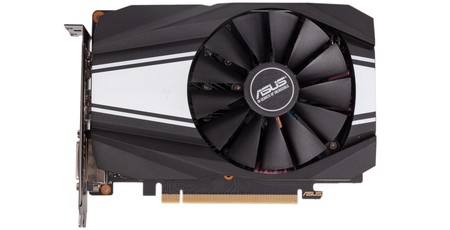
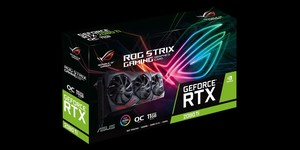

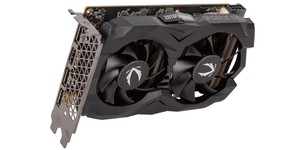




Want to comment? Please log in.